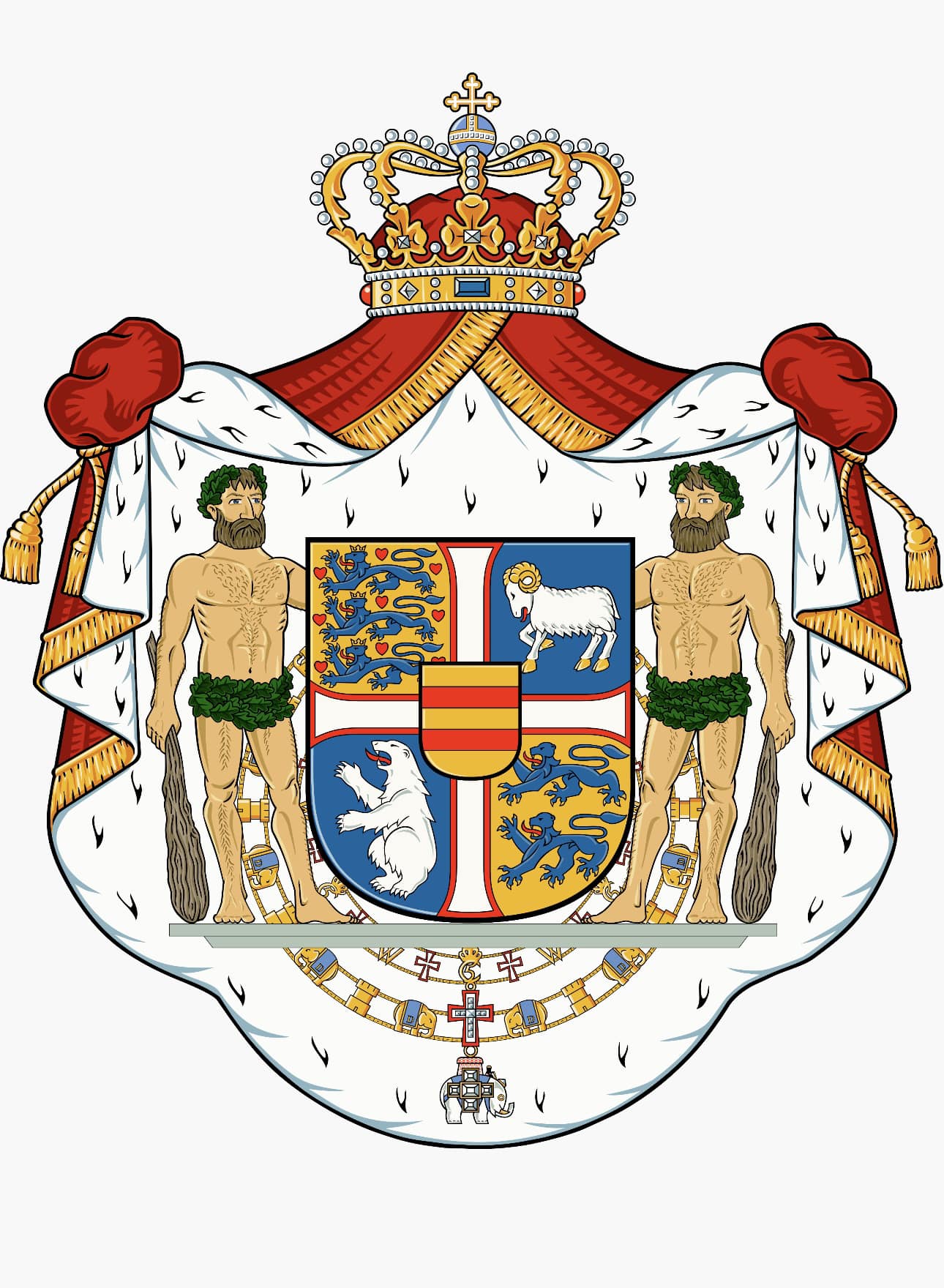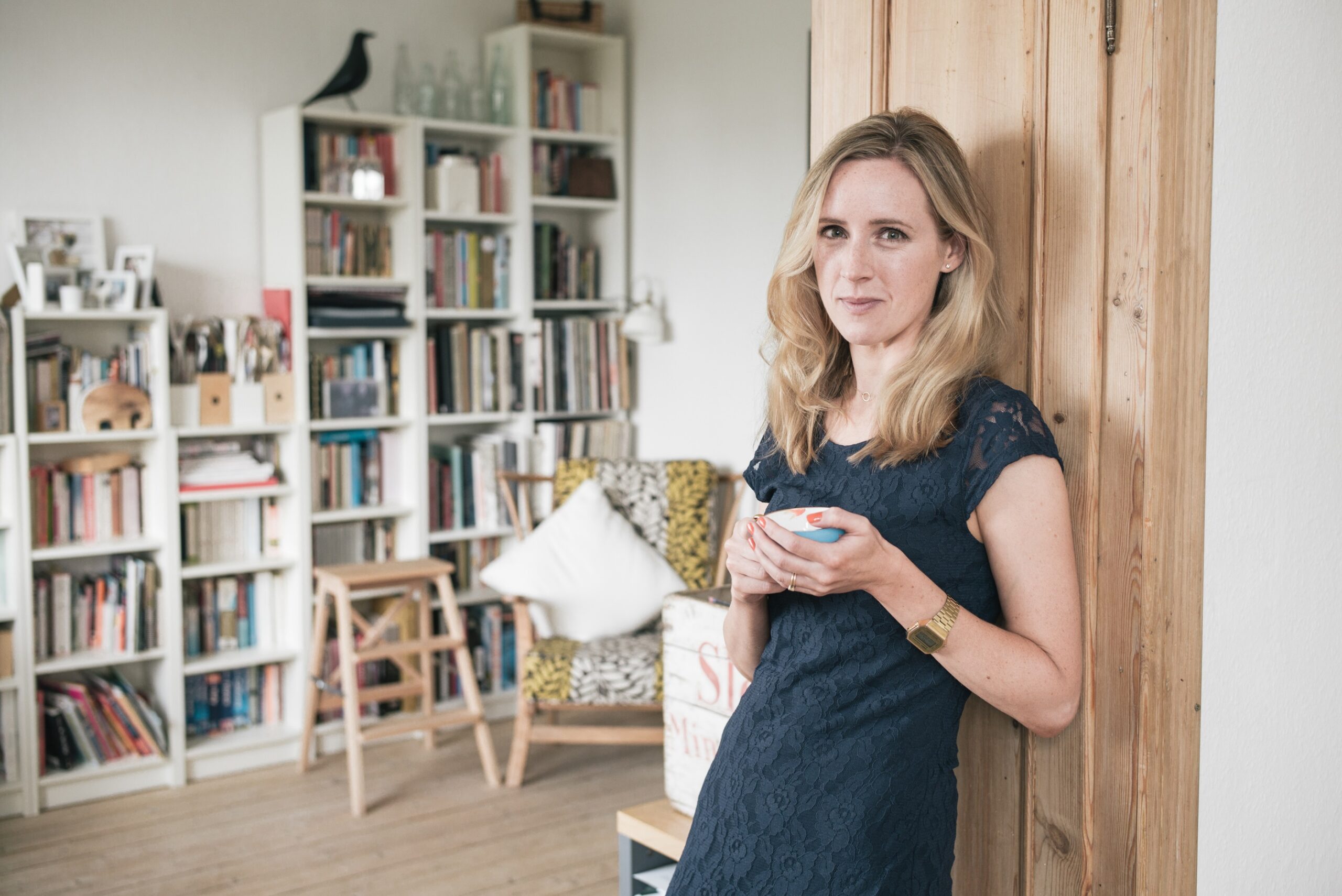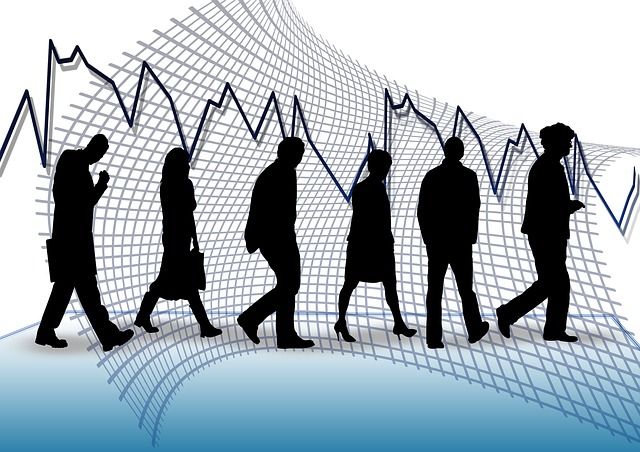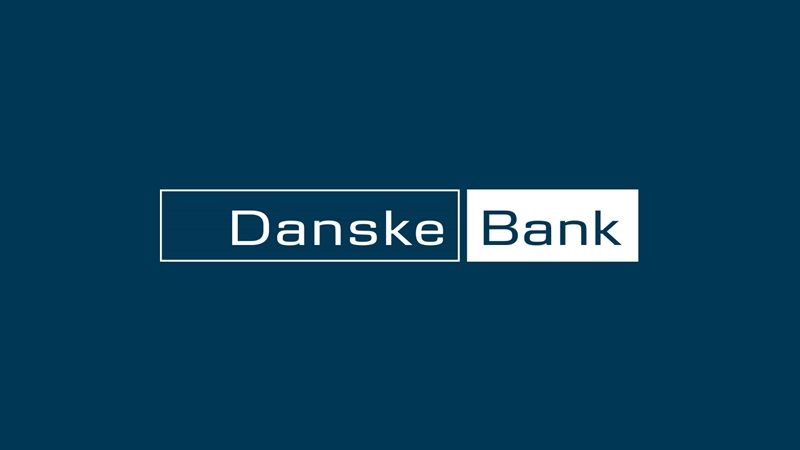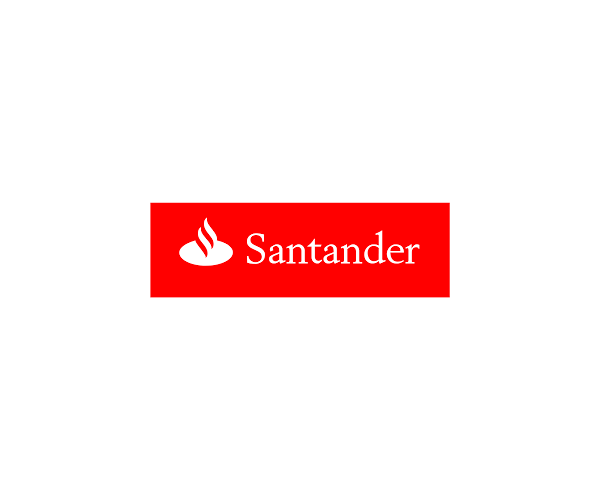The Danish economy is still limping forwards after the 2008 financial crisis brought it crashing to the ground. After initially regaining most of the lost ground, economic growth over the past three years has stalled and 100,000 jobs seem permanently lost.
Five years on from the crisis, strategies to reignite the economy seem evasive and think-tanks and economic experts cannot agree on which path Denmark should take.
In May, the government’s independent panel of economic experts, the so-called Wise Men, urged the government to loosen its fiscel policy in order to stimulate growth.
It argued that government spending was well within EU guidelines, and that bringing forward more public investment could stimulate consumption and investment – a position that is supported by the centre-left think-tank Cevea.
“We think they should ease off on consolidating public finances and use some of their leeway to invest,” Cevea chairman Kristian Weise said. “There is not a lot of room to manoeuvre, but they do have available about 0.5 percent of GDP, or up to nine billion kroner that they could spend.”
Liberal think-tank Cepos disagrees, however, and argues that extra government spending is unlikely to encourage economic growth.
“I was surprised that the Wise Men recommended we increase public spending,” Cepos chief economist Mads Lundby Hansen said. “Danish politicians have tried to stimulate the economy twice in recent years, and it’s obvious that these fiscal policies haven’t contributed significantly to the economic recovery. Thorning wanted to kick-start the economy in 2012, but GDP fell by 0.5 percent instead.”
Hansen pointed out that investments take time to plan. Local plans need to be changed, and communities need to be consulted before any money can actually be spent.
“We need to remember that Denmark is a small open economy where exports contribute to over 50 percent of the GDP. The low growth in Denmark’s main market, the EU, has had a negative impact on exports and growth. So it’s limited what politicians can do to change the economy in the short-term.”
While Cevea and Cepos disagree on whether the economy would benefit from increased public spending, they both agreed that Denmark needed to address its stalling productivity levels.
According to the government’s productivity commission, Produktivitetskommissionen, Denmark has not kept pace with other wealthy Western countries in improving levels of productivity, which in the long-term could undermine the country’s ability to maintain a high level of welfare.
Their first findings suggested that a lack of competition in the domestic service industries, such as grocery stores, taxi companies and law firms, had reduced the incentives to increase productivity, meaning that consumers were paying more than their European neighbours for similar products.
While foreign exports have recovered to pre-crisis levels and are surging in emerging markets, the domestic market has not similarly recovered and consumption remains about five percent below pre-crisis levels.
Increasing productivity and competition in the domestic market could play an important role in its recovery, and both Weise and the Wise Men pointed to the government’s so-called ‘investment window’ as a useful tool to encourage businesses to invest in technology that increases their productivity.
The investment window allows companies to write-off 1.15 kroner for every kroner they invest in new technology and machinery, but while the Finance Ministry expects the window to create around 7,500 jobs over the two years it is available, it is expected to cost the government up to 20 billion kroner by the time it expires at the end of this year.
While Weise and the Wise Men want the programme to continue, Cepos argues that the government should instead bring down taxes.
“We advocate that the government in 2014 reduces the tax burden by 0.4 percent of GDP by reducing corporate, marginal and energy taxes,” Hansen said. “This will help Denmark become more competitive, urge people to produce more, and create incentives to invest in new research and facilities that will increase Denmark’s production capacity.”
The government seems to acknowledge the validity of both Weise and Hansen’s arguments. It plans to decrease the corporate tax rate and the planned growth of the public sector, and it also plans to increase public infrastructure investment.
But Weise argues that the government’s policies are cancelling each other out.
“The government has offset the benefits of its investment in new infrastructure by also cutting back on other public spending more quickly than it expected to,” Weise said. “30,000 jobs have been lost due to cuts to public spending, and councils are not spending as much as they could because they are afraid of over-spending. So they are giving with one hand and taking with the other.”
Neither side is completely satisfied with the initiatives the government has taken to strengthen the economy following the economic crisis that has instilled crisis management as the new status quo.
But given the psychological dimension of the crisis, Weise argues that the government should be wary of which messages it sends.
“The government seems more focused on securing the trust of the financial markets rather than ordinary citizens by arguing that it’s a good idea that Danes keep some crisis mentality,” Weise said. “But if Danes keep the crisis mentality for too long, they will start to save at levels which are impractical.”



